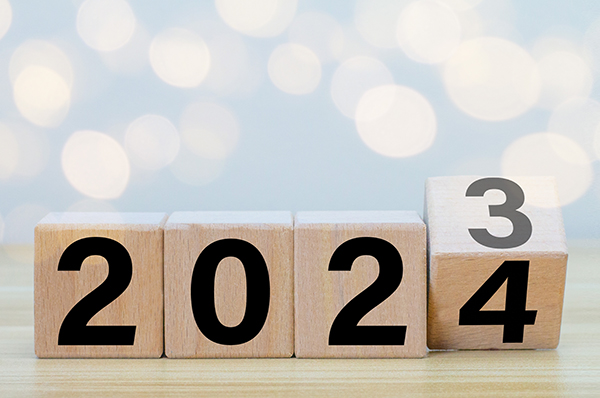For the first time in history, there are more generations of consumers to market to—and they all use different media for shopping and buying.
In the Ancient World, when buyers needed goods or services, they’d go to the Agora—the marketplace—where merchants had their shops and craftsmen made and sold their wares.
By the mid-1800s, the original “search engine” came to be—when the first business directories were published. Then, on February 21, 1878, the first telephone directory was printed—on a single piece of cardboard. It listed 50 businesses in New Haven, CT that had telephones.
Marketing Then and Now
If you owned a business in 1878, you had over 50 years to decide whether you needed one of these “new-fangled” telephone devices in your shop. That’s because mainstream adoption happened at a very slow pace.
By comparison, smartphone adoption took only 50 months. Every invention—from the telephone to the iPad–has been embraced by consumers at an exponential rate. This has caused a unique problem. Users of the previous technology haven’t died.
Think about it. My grandma saw the telephone, radio and television become mainstream. She passed away in 2001, when the Internet was barely hitting its stride. Marketing to her was simpler.
The generation that followed, Baby Boomers, grew up with all three, then watched the rise of the Internet, smartphones and social media. Marketing to them—not so simple.
Baby Boomers grew up using the phone book. And while many have become Internet and smartphone users, many have not–and still rely on Yellow Pages.
{{cta(‘ba433449-3839-45a2-9da9-3e32ac3de022’)}}
Multi-Generation Consumers: Your Target Market
That means if you are a legal or medical professional, provide home services (roofing, landscaping, plumbing) or personal care (hairdressers, manicurists, skincare specialist) then you must market across three generations:
Baby Boomers
Baby Boomers (51 – 69) control 70 percent of the U.S. disposable income, making them the most valuable generation for marketers.
Baby Boomers represent close to 80 million U.S. consumers, and 80 percent of the household decisions are made or influenced by women.
Generation X
Gen X (36 – 50) has highest education levels but make less money individually than their parents did. However, overall household income is higher because more women are in the workforce.
Gen X is “The Connected Generation,” having embraced smartphones, e-mail and text messaging.
Generation Y
Gen Y (21 – 35) is graduating college, entering the workforce, getting married, and purchasing homes. The 86 million Gen Y-ers account for $1.3 trillion in consumer spending—over 20 percent of the nation’s total. Yet, they are skeptical of traditional marketing, making them harder to reach.
Gen Y-ers crave social connectivity with their peers and have taken to social media to do so. Engaging them means giving them an experience they’ll want to share.
Reaching Multi-Generation Consumers
These multi-generation consumers use Yellow Pages, the Internet and smartphones to find the goods and services they need. Which is why studies show that:
Consumers use a combination of both search engines and Yellow Pages to find local businesses1
1 2012 LOCAL MEDIA TRACKING STUDY, BURKE INC.
To get multi-generation consumers to become customers, you must be found in print, Internet and mobile search. Here’s why:



Want to spend less time finding customers and more time helping them? Our team of marketing specialists, web designers, programmers and copywriters have the expertise to handle all your marketing needs … so you don’t have to. Contact us today.
{{cta(’28e6e571-9166-4084-9daa-a65747fc58f7′)}}












